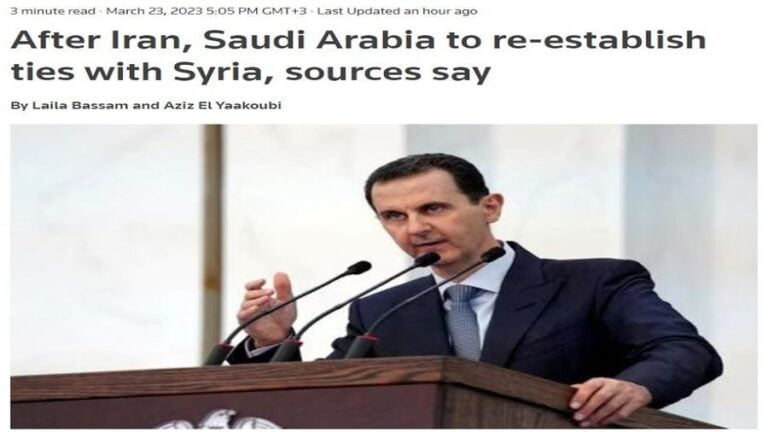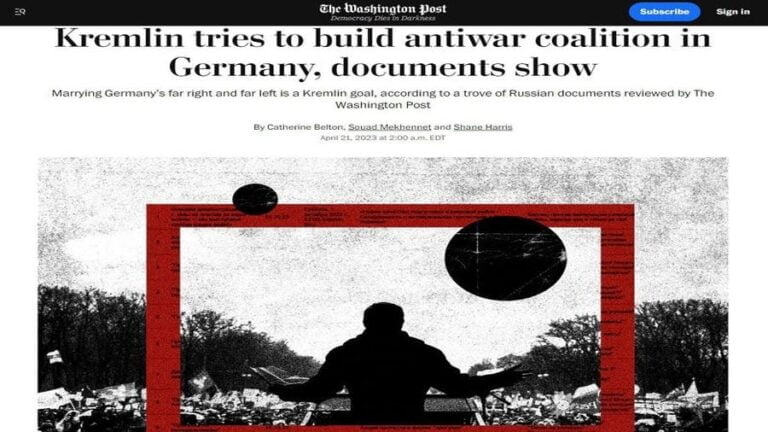Results of Parliamentary Elections in India and Australia
In the second half of May, in the region of the Indian and Pacific Ocean, two noteworthy events occurred. And they included the Australian federal election (on 18 May) and the end to the one-and-a-half month general election in India (on 23 May).
Both countries are important players in the regional political game (even if their political clout differs somewhat). As a result, other powerful players focused their attention on how the recent elections in Australia and, particularly, in India proceeded as well as their results.
Statements, made by key “culprits” responsible for the electoral victories in both countries, i.e. Prime Ministers Scott Morrison and Narendra Modi (who were up for re-election and will continue in their roles), contain the same exact word – “miracle”.
However, if for the Liberal Party coalition (with the Liberal Party at its core), led by Scott Morrison, the word “miracle” means winning over its rival (the Labor Party) was a surprise, for Narendra Modi, the same word refers to the scale of the victory (forecast earlier) of the coalition, with Bharatiya Janata Party (the BJP) at its head, over the other coalition led by the oldest party in the nation, the Indian National Congress (the INC).
In addition, in the second instance, the word “miracle” may elicit associations (and perhaps they are implied by the person who came up with it, i.e. Narendra Modi) with some famous military battles of the last century, for instance, in Marne, near Warsaw. For the heretofore unknown viciousness of the recently completed election-related fighting in India was reminiscent of actual battles. No shots were fired, but there were absolutely no efforts made to even present an appearance of political correctness in relation to the main opponent.
The battle between the INC and the BJP was shaped by the head-to-head rivalry between their respective leaders, i.e. Rahul Gandhi and Narendra Modi. Incidentally, the first steps to shift the election battle from the sphere of discussing important topical issues of this nation, with its highly complex systems, to the one of a personal confrontation were taken by Rahul Gandhi.
And as we had predicted earlier, the move turned out to be a fateful mistake for the relatively young politician (in June Rahul Gandhi turned 49). We would like to remind our readers that during the previous general election in 2014, the INC suffered a devastating loss at the hands of none other but the very same BJP. In addition, results of practically all the elections to state legislative bodies, which followed, only confirmed the already widely held view that the oldest party in the nation was on its way out of the political landscape.
Hence, INC’s successes in last year’s elections in some important states were that much more surprising. The politician, who very recently (only since December 2017) became the leader of the INC and who clearly lacks experience, must have overestimated the importance of belonging to one of the most important political dynasties of Nehru–Gandhi in India. Only this could explain why the poorly planned attack “to eliminate the wounded” was staged.
The tool used was the not-so-recent scandal, involving India’s purchase of Rafale fighter aircraft from the French company Dassault, that had all the hallmarks of corruption. However, all these potential wrongdoings are currently the subject of a court case (i.e. the fact that the law was broken has not been proven as yet). Plus the long “saga”, involving the fighter jets spanned the reigns of both parties.
In retaliation, the BJP camp began to drop transparent hints that renewed attention would be focused on the (even older) scandal (also involving armaments) which transpired when the INC leader Rajiv Gandhi was in power.
Still, the most important factor behind yet another triumph for the BJP, which even managed to improve on its prior phenomenal result (preliminary data indicates that now the party will have 303 out of 543 seats in the Parliament of India), turned out to be the character of its leader, i.e. the 69-year-old Narendra Modi, who can already be viewed as one of the most influential politicians in India since it gained its independence. His pre-election trips to various states in the nation are being compared to a “tsunami wave” that destroys everything in its path.
Either way, during the most recent general election the INC was totally defeated yet again. The party managed to add just 8 more seats to the ones it has had since 2014, i.e. 44. Rahul Gandhi announced that he was prepared to step down as the leader of the party, and popular media outlets began discussions about the end of the Nehru–Gandhi dynasty, comparing the current goings-on to what happened to the Kennedy clan in the USA and the Bhutto clan in Pakistan. There have also been reports about grave and painful deliberations among the leaders of the INC.
From the author’s point of view, one of the key internal political goals for the BJP and Narendra Modi will be mitigating (which he had already started doing during the pre-election campaign) the possible concerns felt by numerous members of society who do not agree with the party’s drive to introduce Hinduism into the nation’s daily life.
Hence, it is noteworthy that the previously mentioned “tsunami wave” did not cause “flooding” in the state of Kerala. But even here the BJP managed to gain some ground with the voters. Overall, if we look at the entire picture representing the results of India’s general election (with a special focus on individual states), it clearly looks much more complicated than the two party confrontation that is being addressed in this article.
Nonetheless it is worth mentioning that the state of Kerala has always been a stronghold for left wing forces led by communist, Christian and Muslim movements and the INC. It is possible that the secular part of India’s society will in the future be represented by left wing parties (with support from Christians and Muslims) instead of the INC. We also cannot rule out that the INC may undergo radical changes to become more left-wing. All of this could lead to an escalation of tensions within the internal political landscape in India.
With regards to the “miracle” in Australia, as we had already mentioned earlier, the outcome of the election defied polling data, including the latest surveys. Some view the victory as a result of active campaigning by Scott Morrison’s party (almost in the few remaining days before the election) in “working class” regions of the country (similar to the Rust Belt in the United States), where the Labor Party has always had a strong position.
Finally, we will at least try to give a preliminary answer to the most crucial question: “What do these latest events in India and Australia mean for the ongoing process that are transforming the political landscape in the Indo-Pacific region?” We can say with certainty that the two aforementioned influential players, with their own (fairly different) opportunities, are continuing to maneuver within the “force field”, which is being created by the two world powers, i.e. the United States and the PRC.
We would also like to highlight that the term “maneuvering” suggests the possibility of changes in the nations’ political course (in terms of amplitude and time) in the direction of either one of the key players. The first maneuver of this nature, which followed shortly after the preliminary election results became public, was made by India. The nation’s ambassador to the United States announced that India had chosen to completely end all imports of oil from Iran.
We would like to remind our readers that during the visit of Mohammad JavadZarif, Iran’s Foreign Minister, to India on 15 May, his counterpart Sushma Swaraj stated that the “aforementioned problem would be solved at the end of India’s general elections”. Both the speed with which this decision was made and the location where it was announced are both worthy of note, as the demand to prevent Iranian oil from reaching global markets originates within the U.S. administration.
The previously mentioned step taken by New Delhi should be viewed in the context of all the maneuvering taking place within the political landscape, and not as the last and final turn in this nation’s political course towards the United States. Chinese President Xi Jinping congratulated Narendra Modi on his victory and noted that “the development of China-India relations was gaining strong momentum in recent years.” He also said that China was willing to continue its close collaboration with India “on such major issues as promoting world multipolarization and economic globalization… .”
The President of the Russian Federation, Vladimir Putin also expressed his heart-felt well wishes in his congratulatory note. It is also notable that Narendra Modi reacted positively towards the congratulatory message tweeted by Pakistan’s Prime Minister Imran Khan.
By and large, the recent general elections, which took place in India and Australia, belong to a category of events whose concrete consequences with respect to the situation in the Indo-Pacific region may only be full understood and assessed with the passage of time.
By Vladimir Terehov
Source: New Eastern Outlook







